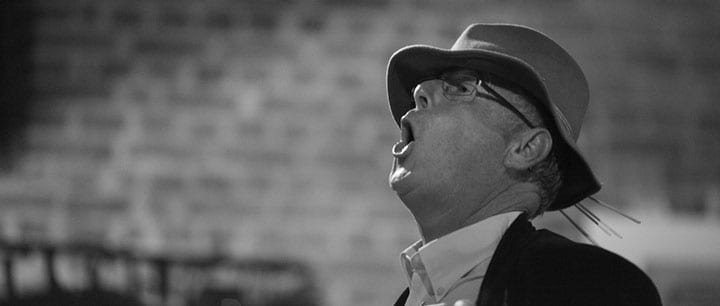Actors need to tap into their emotions to create believable performances. There are various emotional acting techniques that actors use to create authentic emotions. Here are five of the most popular techniques:
Practical Aesthetics: This technique was created by David Mamet and William H. Macy. It focuses on mining the text for information that leads to the reality of the world the text takes place in. The actor then uses this information to create a real experience for the audience.
The American Method: This technique uses the actor’s personal emotional life to create genuine feelings for the character. It requires a high level of dedication, and the actor must investigate the life of the character to live the character’s life.
Moni Yakim’s Method: Yakim teaches about physicality and intention. To build rich characters, actors must find the character physically and support the physicality with emotion. Yakim forces students to live in the moment and be open to the emotions that come.
Stella Adler: Adler taught actors to create imaginary circumstances for the character to live in. Actors need to pay attention to the world around them with great detail to imagine the world their character lives in.
Meisner Technique: Sanford Meisner taught that actors need to get out of their own head to be honest with the character. Actors focus on the other actors in the scene to create an emotional connection.
Other Tips on Emotional Acting to Use in Rehearsal & Performance
Use Personal Experiences
Another tip on emotional acting is to use your own experiences and emotions to connect with your character’s emotions. Think about a time when you felt the same emotion as your character is feeling in the scene. Try to remember the physical sensations and thoughts that you had at that time. Use these personal experiences to inform your performance and create a genuine emotional connection with your character.
Use Your Imagination
In addition to using personal experiences, use your imagination to fully immerse yourself in the character’s world and emotions. Imagine what it would be like to be in your character’s shoes, facing the challenges and struggles that they face. Use your senses to visualize the surroundings and environment, and feel the emotions that your character is experiencing.
Practice Empathy
Empathy is the ability to understand and share the feelings of another person. As an actor, practicing empathy is essential to building believable and compelling performances. Take the time to understand your character’s backstory, motivations, and desires. Try to put yourself in their position and feel what they are feeling. By practicing empathy, you can create a genuine emotional connection with your character and bring their story to life.
Take Risks
Emotional acting often requires taking risks and stepping outside of your comfort zone. Don’t be afraid to push the boundaries and try new things in your rehearsals and performances. Experiment with different emotional approaches and techniques, and be open to feedback from your director and fellow actors. By taking risks and exploring new emotional territory, you can create dynamic and powerful performances that truly resonate with your audience.
In conclusion, emotional acting requires a deep understanding of relationships, nuanced emotional connections, and a willingness to take risks and explore new emotional territory. By using these tips and techniques in your rehearsals and performances, you can build your acting skills and create powerful and memorable performances that truly connect with your audience.







